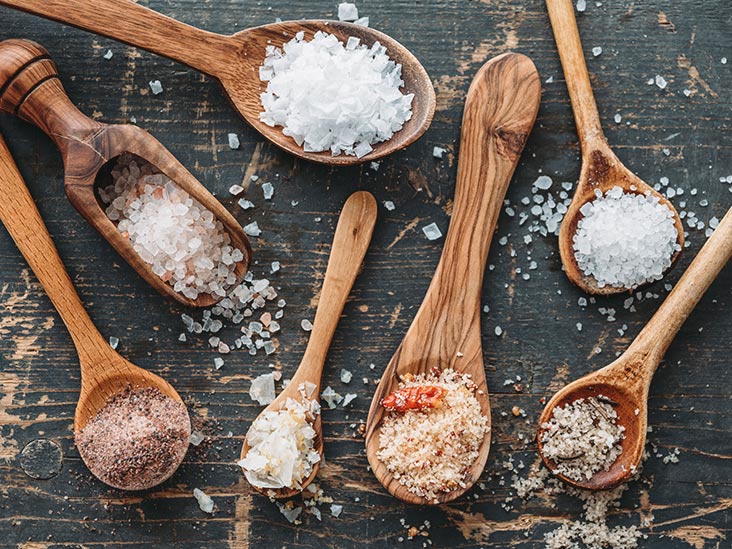March 2019
Natasha A Rathod, Vaishali V Kuchewar
Abstract
Pain is the cardinal feature of most of the musculoskeletal disorders. Pain is the factor for which patient generally approaches a doctor. Pain is defined as “an unpleasant sensory and emotional experience, which is generally associated with actual or potential tissue damage.” It can affect the quality of life; hence, its preventive measures are of prime importance in health care.
In Ayurveda, the word “pain” can be correlated with Ruja, which is caused due to vitiation of Vata. Use of heat therapy for various ailments was found in Ancient Ayurveda treatises. There are different treatment modalities in Ayurveda, which are described by acharyas, Agnikarma (heat therapy) is one among them. Acharya Sushruta has mentioned use of Agnikarma in various disorders such as Granthi (tumor), Arsha (hemorrhoids), Bhagandar (fistula), Arbuda (tumor), Shlipad (filariasis), Antra Vrana (internal injury), and Nadi Vrana (sinuses) in detail.
There are different materials that are used, such as Pippali (Piper longum), Aja Shakrut (goat excreta), Godanta (gypsum), Shara (arrow), Shalakha (metal rod), Kshaudra (honey), Guda (jaggery), and Sneha (oil/fat), for giving Agnikarma to various parts of the body such as skin, muscles, blood vessels, and ligaments. As Agnikarma is a parasurgical procedure, Acharya Charak has not described it in separate chapter but has described it as one of the treatment measures in different Vatavyadhis (neuromusculoskeletal disorders) such as Gridhrasi (sciatica).
If the drugs such as nonsteroidal anti-inflammatory drugs, which are generally used for relieving pain factor in musculoskeletal disorders, are used for longer duration they can cause potential side effects on the body; hence, there is an emerging need to search for a safe option for the same.
In this article, an attempt has been made to search the researches conducted on Agnikarma related to musculoskeletal disorders to establish its role in musculoskeletal pain.











